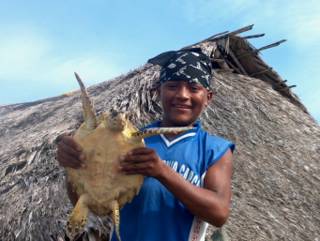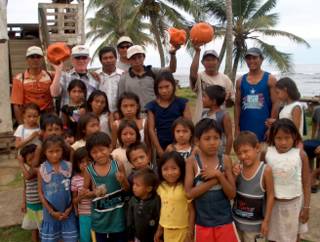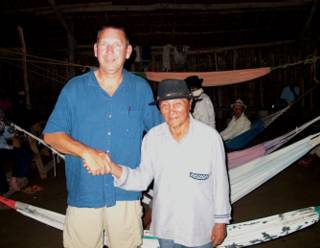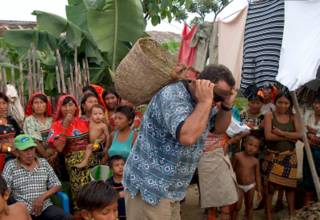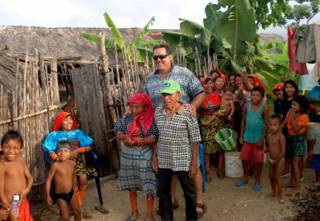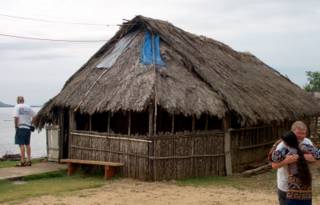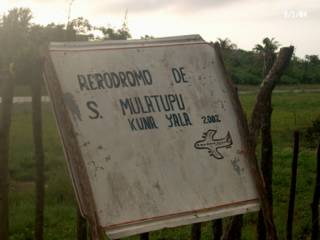DaParson Panama Mission Trip - 2004 - Start at bottom
Thursday, September 23, 2004
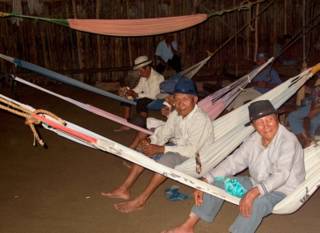
These are the Chiefs on the Island of Mulatupu. The Kuna Indians style of government is that each island is governed by 3 to 5 chiefs. They settle disputes, issue decrees and are the law of the land on each island. This evening, I was given the priviledge to speak while they were holding council. I was able to speak how the God of all Creation loved the Kuna people and died on a cross for them. It was a rare honor to be able to speak during thier session.

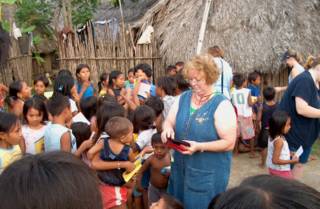
While there on Tubalah, several volunteers held Bible Classes for the children. There were about 200 kids at each session. At best, it was organized chaos - but the children learned a little more about Jesus. These ladies also helped with small medical issues that were prevelant on all the islands we visited.

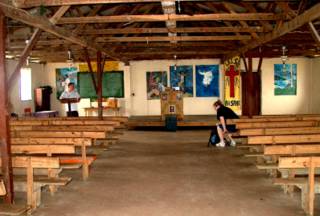
This is the inside of the church at Mulatupu. While there I was able to spend time with 9 area pastors. They were from Mulatupu, Tubala, Navi Grandi, Mansucum, Cuba and Ilapino. We spent time studing the Bible, learning how to better prepare sermons and looking at the Pastor's Integrity and Stewardship.

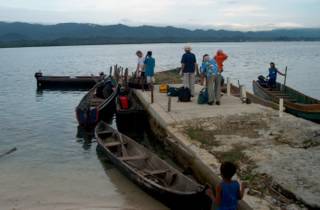
We then traveled by boat to Mulatupu. There were two main kyukas we traveled on. One was about 16' with a 15 horsepower outboard and the other was 24' with a 25 horsepower outboard. These were the mode of transportation from island to island for the days we were there. The motors were a luxury - for most of the Kuna Indians travel by paddling their own 7' to 9' kyukas.


